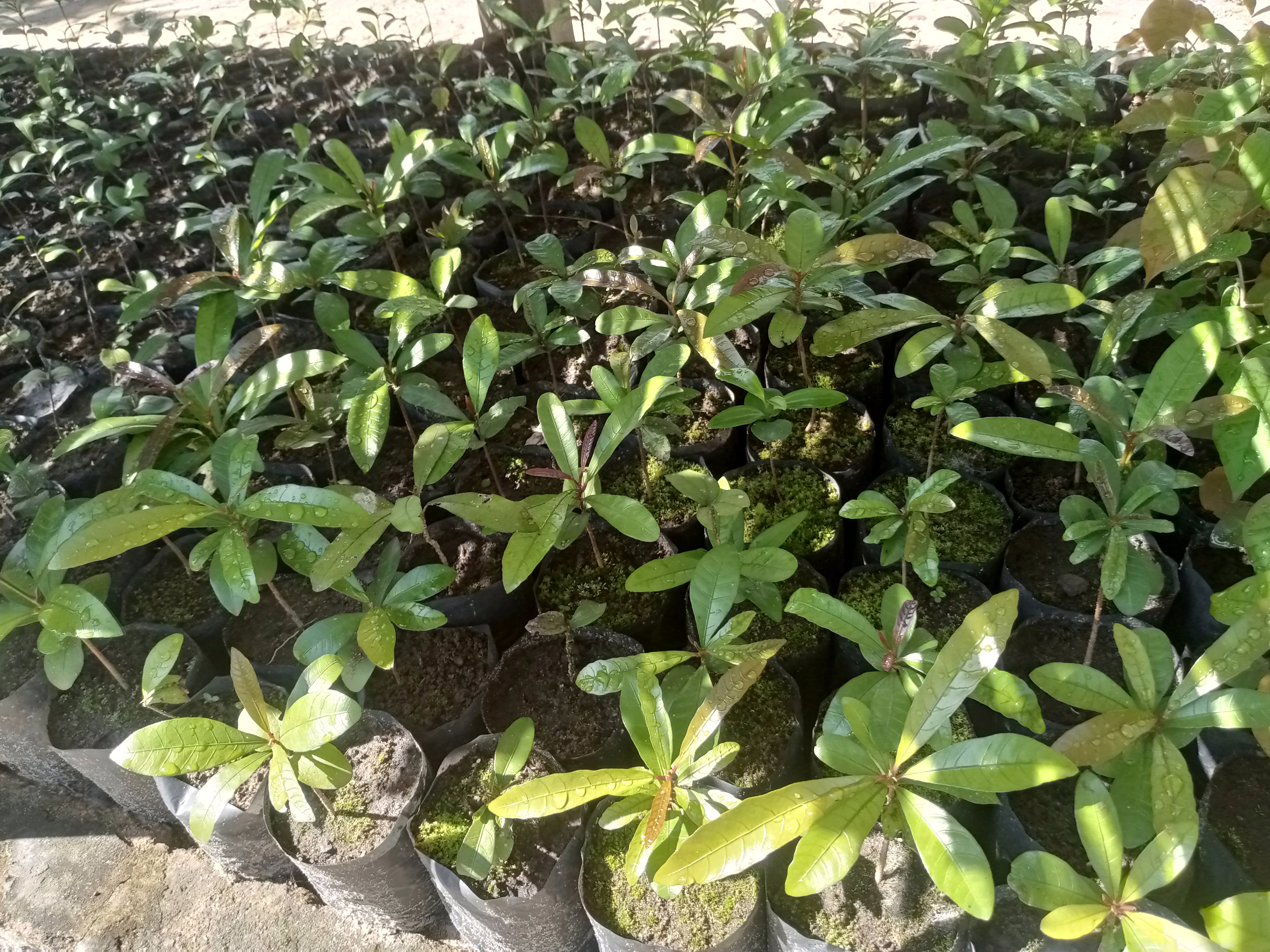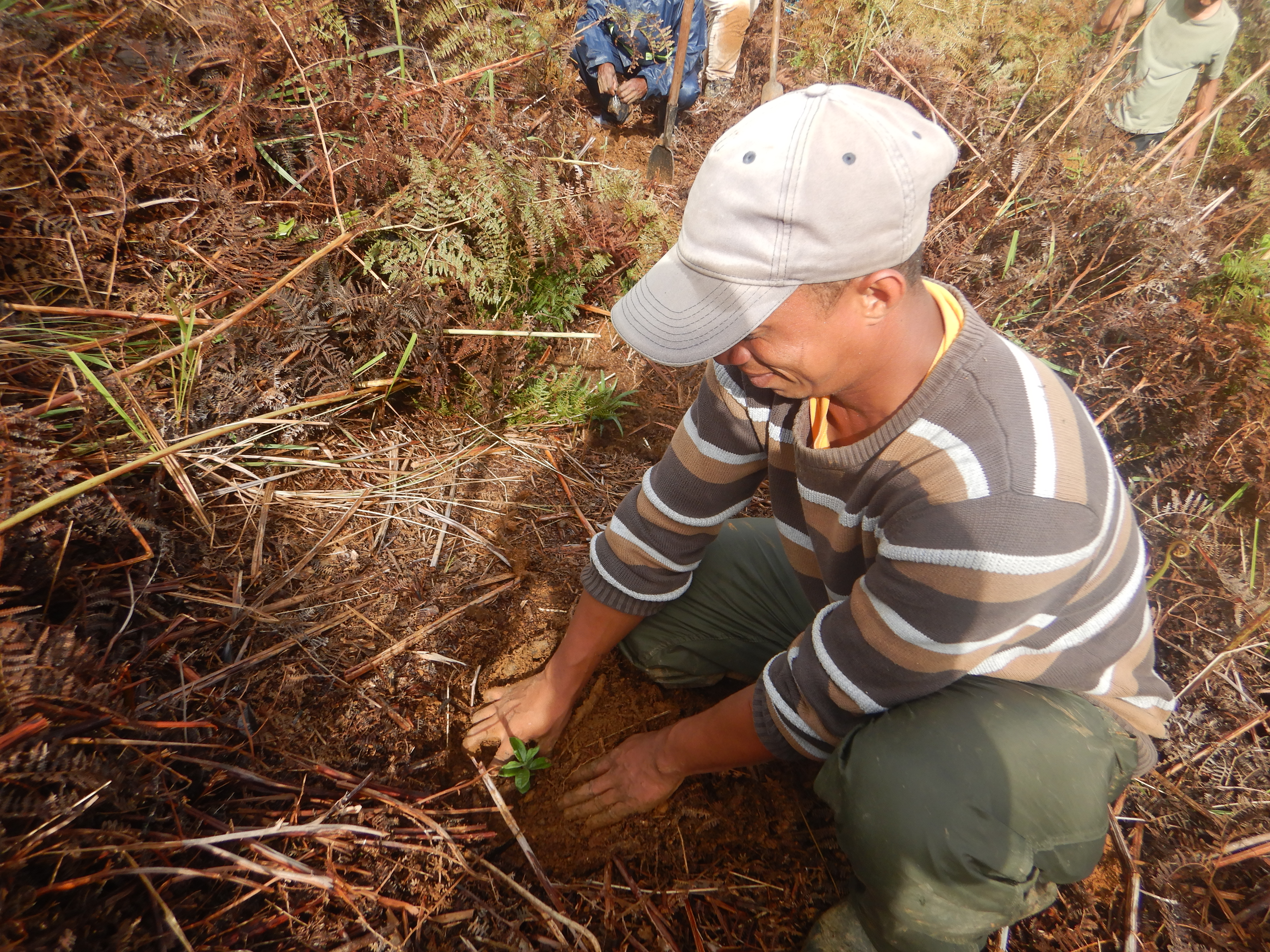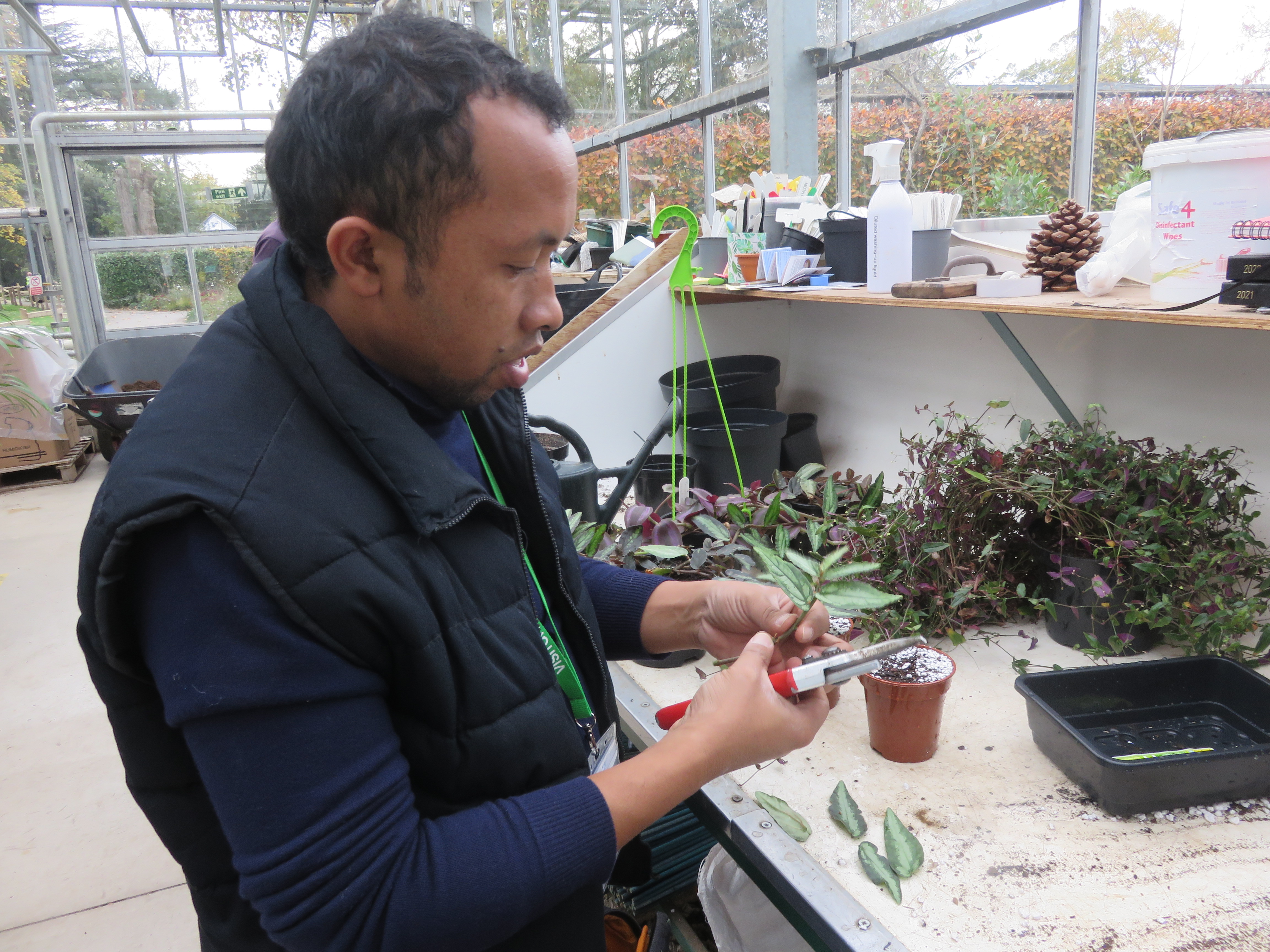Forest Restoration in the Mangabe-Ranomena-Sahasarotra Protected Area
Since 2019, we have started forest restoration initiatives in degraded areas of the Mangabe Protected Area (AP) (Moramanga District, Alaotra Mangoro Region) in order to maintain the integrity of the ecosystem. In 2022, five village nurseries were installed and 10 nurserymen were recruited and trained in nursery management and maintenance.






